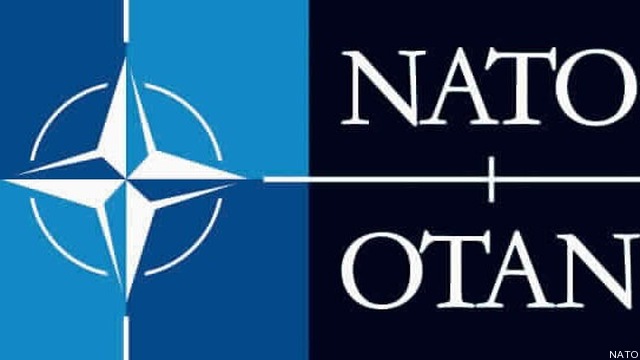
WASHINGTON: Since 2001 America’s share of NATO’s budget has climbed steadily upwards from 50 percent to 75 percent.
With the NATO summit coming to Chicago in less than three weeks and the Obama White House’s top NATO advisor speaking publicly about the alliance’s goals, it seemed a good time to ask when the enormous gap between America’s contribution to the alliance would start moving in the other direction. So I asked National Security Council advisor Elizabeth Sherwood-Randall just that during her talk this afternoon at the Center for Strategic and International Studies. Just to be fair, I asked all the NATO representatives in the audience to tell us when they would do more. None of them answered
Sherwood-Randall’s reply was pretty honest. “Obviously, there is a lot to be done,” she said, appearing to accept the premise that Europe has been spending less and less as a proportion of alliance funding to ensure it remains a robust military entity. Now, before European friends and colleagues accuse me of ignoring or downplaying the costs their countries have borne in Afghanistan and Iran, I fully acknowledge that we have fought and died together to good effect.
But as the war in Afghanistan winds down, pressure will probably rise for Europeans to pay a greater share of NATO’s burden. After all, much of what we pay for, such as the European missile defense known as the Phased Adaptive Approach, is focused on protecting Europe yet America provides the bulk of the capability. Of course, the Obama administration justifies this spending as money spent to protect US troops and bases in Europe from Iranian short- and medium-range missiles. And it is. But those troops are in Europe in large part to guarantee European sovereignty and to help ensure continental stability, as well as providing staging posts for the projection of American power to Africa, the Middle East and points farther east.
I remember well when the Institute for National Strategic Studies published David Gompert’s study in 1999, “Mind The Gap: Promoting A Transatlantic Revolution In Military Affairs.” His premise, back then, was that the huge gap between European and American spending could undermine the alliance. It would seem his premise was flawed, given how NATO has held together.
While Sherwood-Randall clearly was a bit exasperated by the spending gap and the fact that it continues to grow, she also argued that the fiscal realities we and Europe face today demand both sides find ways to maintain the alliances’ defenses.
“We have got to find a way to maintain our alliance capabilities through this period of fiscal constraint,” she said. Thankfully, she did not mention sequestration…
The president’s top NATO advisor offered an example of how the alliance could sometimes get things done even when money is tight: the Alliance Ground Surveillance, otherwise known as Global Hawk Block 40, with ground stations. The alliance has grappled with this purchase since 1995, when the alliance requirement was first approved. To obtain final approval for the purchase, Sherwood-Kendall said President Obama was “personally involved” in getting the allies onboard. A way around the opposition of some members was finally found, with 13 countries — Bulgaria, Czech Republic, Estonia, Germany, Italy, Latvia, Lithuania, Luxembourg, Norway, Romania, Slovakia, Slovenia and the United States — agreeing to pay for the Global Hawks and the other equipment. Then they will turn the systems over to NATO.
If you want to get some idea as to why this was so hard to get done, just read this paragraph from NATO’s AGS fact sheet: “In addition, an agreement was reached to make the United Kingdom Sentinel system and the future French Heron TP system available as national contributions-in-kind, partly replacing financial contributions from those two Allies.”
Iran says it shot down Israel’s attack. Here’s what air defense systems it might have used.
Tehran has been increasingly public about its air defense capabilities, including showing off models of systems at a recent international defense expo.


























